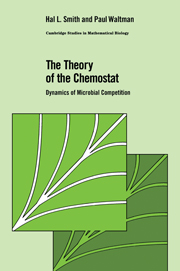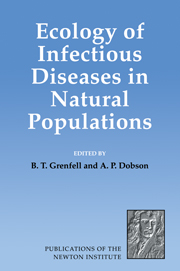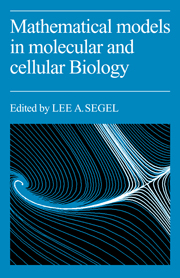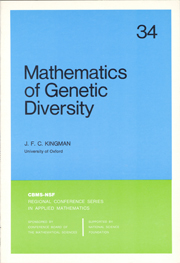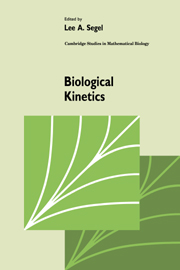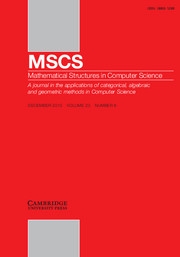The Theory of the Chemostat
The chemostat is a basic piece of laboratory apparatus, yet it has occupied an increasingly central role in ecological studies. The ecological environment created by a chemostat is one of the few completely controlled experimental systems for testing microbial growth and competition. As a tool in biotechnology, the chemostat plays an important role in bioprocessing. This book presents the theory of the chemostat as a model for larger ecological problems such as food chains, competition along a gradient, competition in the presence of an inhibitor, and the effects of time varying inputs. Models which take account of size structure, variable yields, and diffusion are also considered. The basic phenomena are modelled and analysed using the dynamical systems approach. Directions for research and open problems are discussed. Six appendices provide an elementary description of the necessary mathematical tools. Teachers, researchers, and students in applied mathematics, chemical engineering and ecology will find this book a welcome resource.
- Mathematical models of competition
- Dynamical systems approach
- Mathematical techniques explained in detail
- Future directions and open questions discussed
Product details
June 2008Paperback
9780521067348
332 pages
229 × 152 × 19 mm
0.5kg
42 b/w illus. 5 tables
Available
Table of Contents
- 1. The simple chemostat
- 2. The general chemostat
- 3. Competition on three trophic levels
- 4. The chemostat with an inhibitor
- 5. The simple gradostat
- 6. The general gradostat
- 7. The chemostat with periodic washout rate
- 8. Variable yield models
- 9. A size-structured competition model
- 10. New directions
- 11. Open questions
- Appendix A. Matrices and their eigenvalues
- Appendix B. Differential inequalities
- Appendix C. Monotone systems
- Appendix D. Persistence
- Appendix E. Some techniques in nonlinear analysis
- Appendix F. A convergence theorem.

